My board is the NUCLEO-H743ZI2
I configured TIM4,CH2 as PWM such that TIM4 output should be HI for half a second and LO for half a second. Here is the block.ioc clock and pin configuration



I auto generated the code and tried to add my own to toggle the LED with the H/L of PWM. What I want to do is this:
if(timer_4 == HIGH) LED_state = !LED_state
Here is the actual code:
HAL_Init();
/* USER CODE BEGIN Init */
/* USER CODE END Init */
/* Configure the system clock */
SystemClock_Config();
/* USER CODE BEGIN SysInit */
/* USER CODE END SysInit */
/* Initialize all configured peripherals */
MX_GPIO_Init();
MX_ETH_Init();
MX_USART3_UART_Init();
MX_USB_OTG_FS_PCD_Init();
MX_DAC1_Init();
MX_TIM3_Init();
MX_TIM4_Init();
/* USER CODE BEGIN 2 */
HAL_TIM_PWM_Start(&htim4,TIM_CHANNEL_2);
uint16_t timer_init_val = __HAL_TIM_GET_COUNTER(&htim4);
uint16_t timer_poll;
/* USER CODE END 2 */
/* Infinite loop */
/* USER CODE BEGIN WHILE */
while (1)
{
timer_poll = __HAL_TIM_GET_COUNTER(&htim4);
if(timer_poll - timer_init_val >= 500) {
HAL_GPIO_TogglePin(GPIOB,LD1_Pin);
}
/* USER CODE END WHILE */
/* USER CODE BEGIN 3 */
}
/* USER CODE END 3 */
}
I know that this most likely does not work. In fact. I was confused because replacing the >=500 with <=100 actually made it seem like it was working..but the LED just blinks at seemingly random intervals. I have tried to test if !timer{..} (timer reached 0) to toggle the LED but none of my methods have seemed to work.
Am I misunderstanding something about timers? Is there something super obvious I am missing? It does not seem like it would be difficult to blink an LED with a 1sec PWM